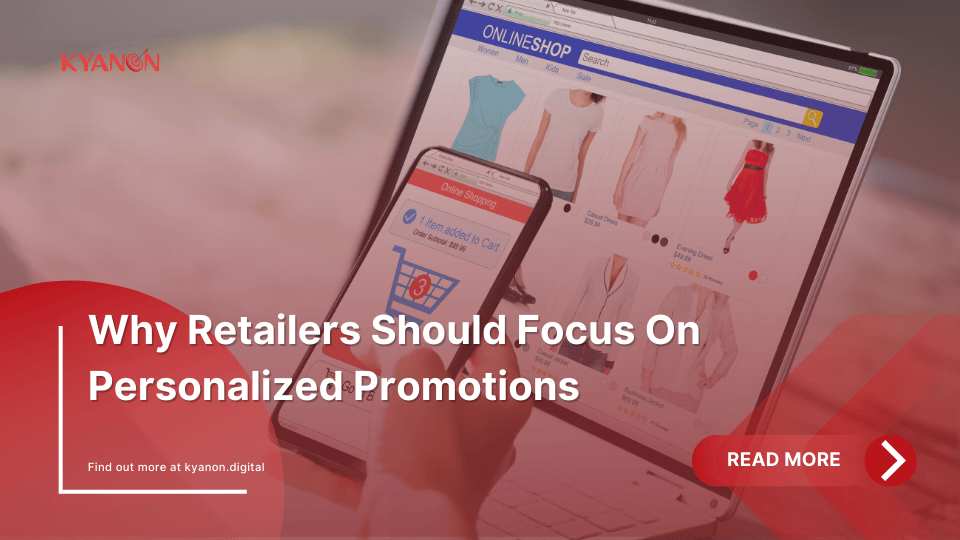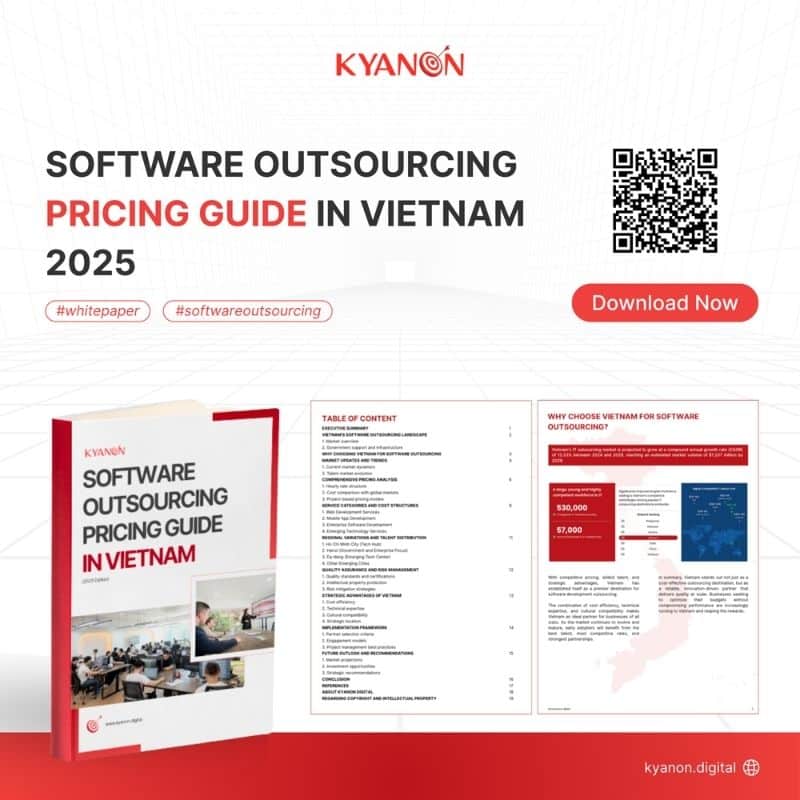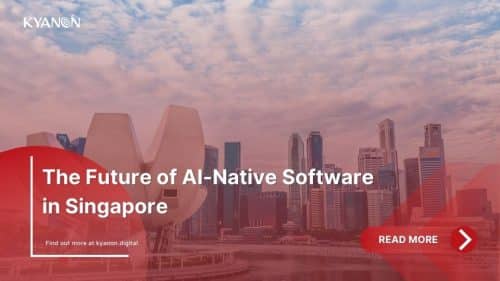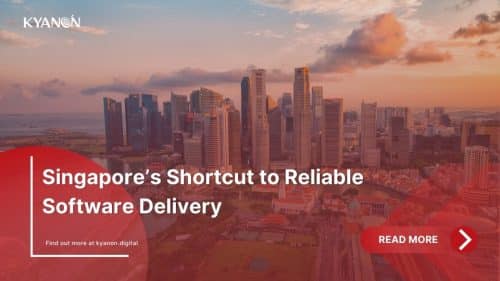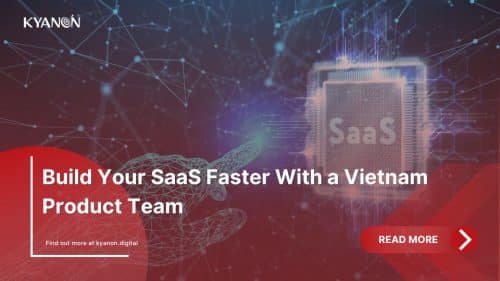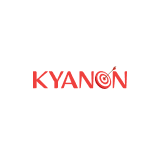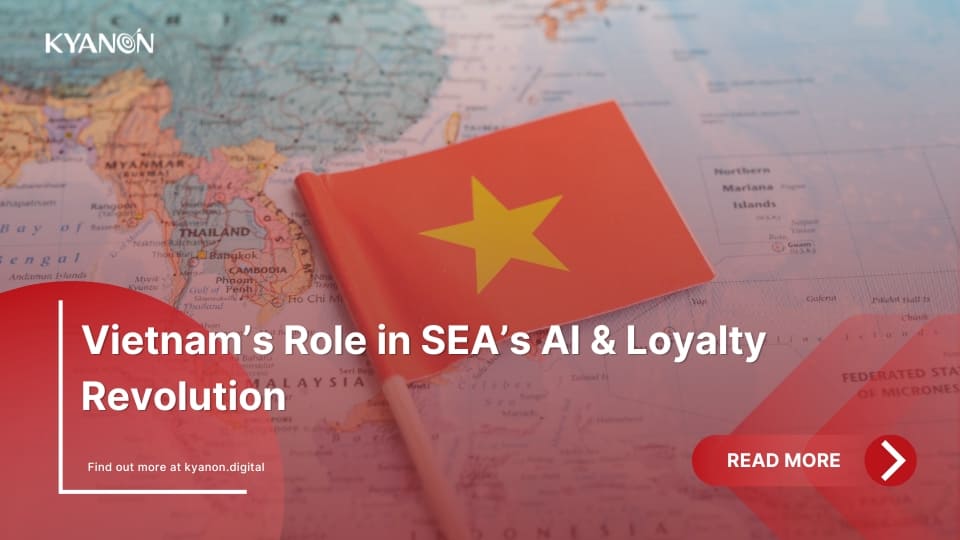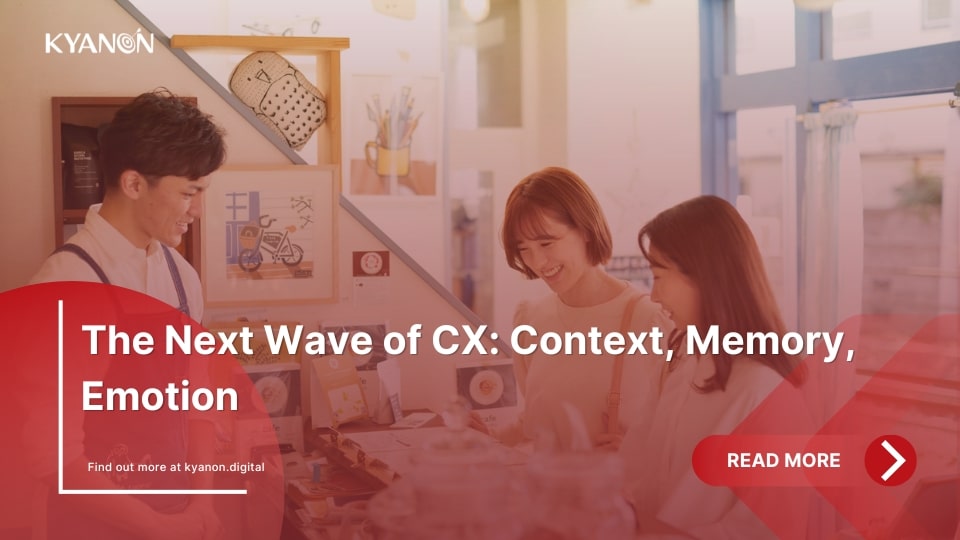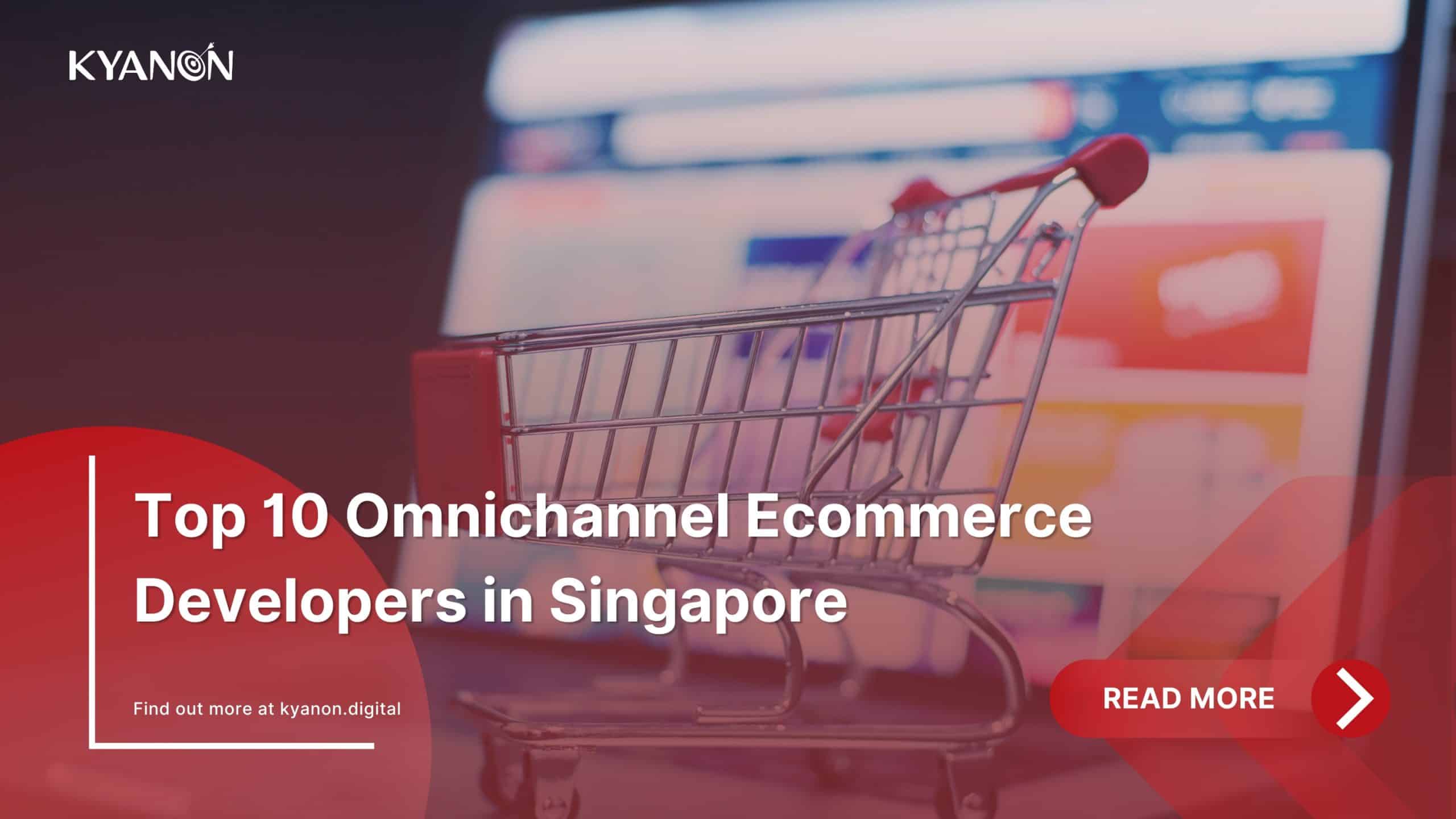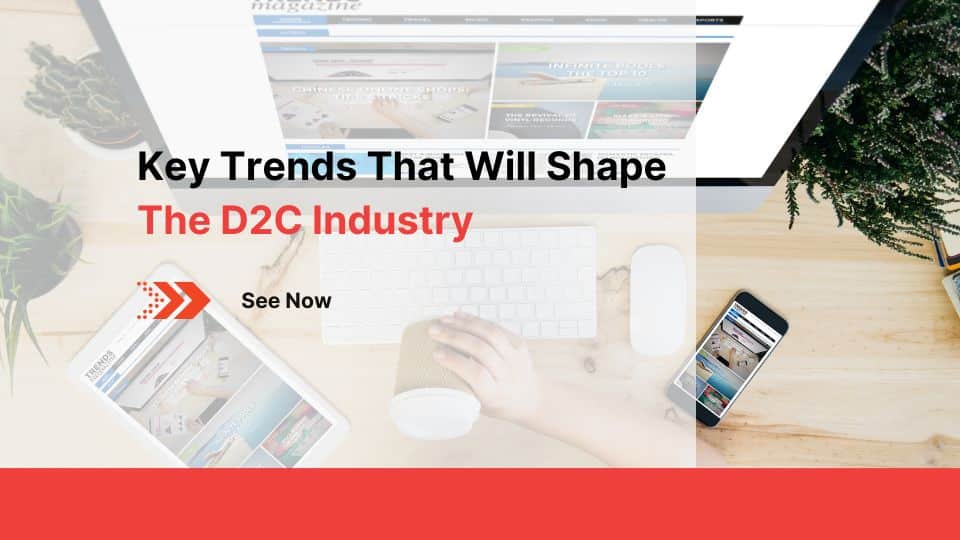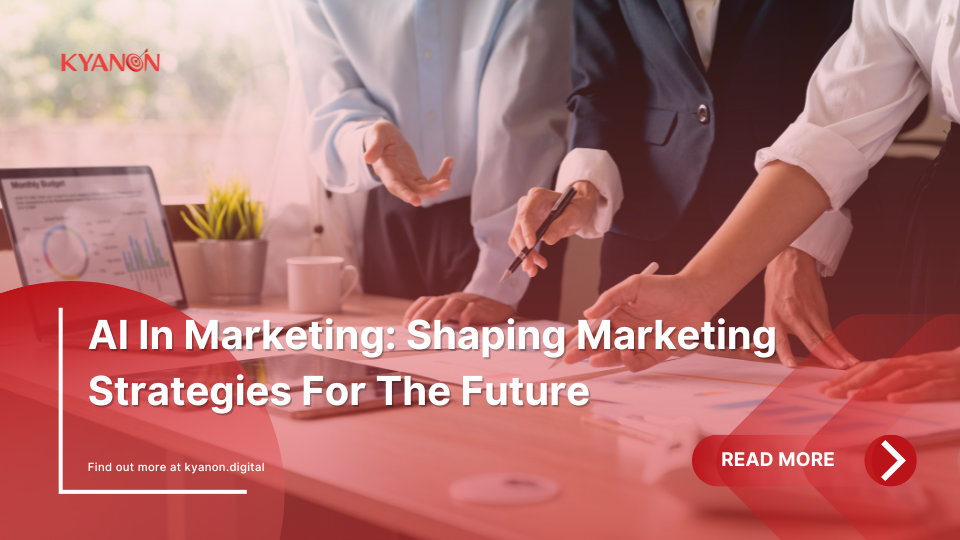Personalized promotions are being embraced by brands everywhere you look. Customers are becoming more accustomed to customized experiences, from the adverts that appear on their newsfeeds to the shop owners who greet them by name. While personalization is not a new notion, recent technological breakthroughs have changed how and where it can be employed.
- Cutting coupons from newspaper inserts or receiving a 20% discount on random items is not the way to win the hearts – or wallets – of today’s consumer. According to Marketo, 79% of customers claimed they will only utilize a brand’s promotion if it is personalized based on past encounters.
- In one survey, 74% of users expressed annoyance when website material was not tailored. Another study revealed that tailored email marketing has the potential to yield a 122% average ROI.
Personalized promotions are more crucial than ever for organizations looking to boost customer engagement and loyalty, as well as reap the advantages of higher sales and income via increased customer lifetime value (CLV). But first, you must understand what personalization is and how it may benefit your business.
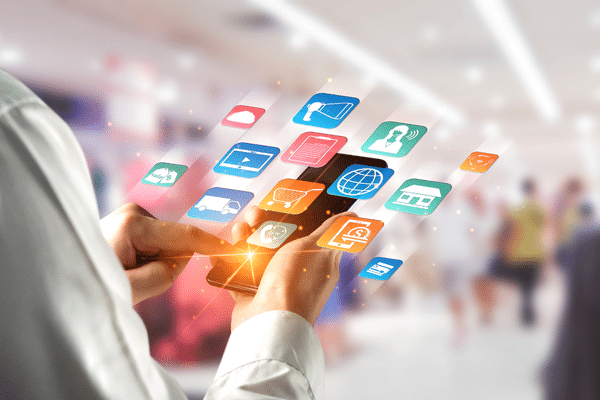
1. Understanding Personalized Promotions: The Basics
Marketing promotion techniques have evolved drastically over the last decade, from long-planned marketing approaches to more agile, real-time personalization that depends largely on consumer-driven data. Such 1 on 1 promotional techniques allow organizations to interact with customers more effectively and incentivize the activities they want them to perform, whether it’s influencing them through social media, increasing their number of visits to a shop or website, or the making of more regular purchases.
You may customize not just customer experiences, product suggestions, and items themselves, but also incentives like discounts, cart promotions, referrals, loyalty programs, and even online giveaways thanks to today’s technology.

Personalized promotions or offers necessitate going beyond the standard segmentation or micro segmentation that has been the norm in marketing for years. It is necessary to understand what makes each individual consumer tick, including how they make a purchasing decision, their demographics, buying patterns, and other preferences.
These technologies are being used to connect different data sources and to swiftly evaluate that data to provide insights on client preferences. Afterwards, the technology aids in the automation of the design and fine-tuning process of targeted promotions – such as discounts, loyalty rewards, freebies, or a mix of incentives – aimed to influence each customer’s behavior.
2. Business Benefits of Marketing Personalization
Whether you want to personalize one aspect of your strategy or update your whole marketing strategy, a personalized approach may help your company in a variety of ways:
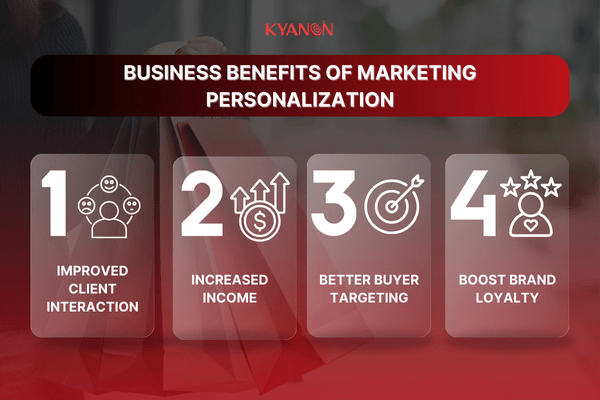
2.1. Improved client interaction
Every month, the average person will view around 1,700 advertisements. Your message must stand out from the crowd – not by being louder, but by being more pertinent. For example, customized emails featuring your leads’ names and other specific features can result in 29% higher unique open rates and 41% higher unique click rates.
2.2. Increased income
Tailored shopping experiences drive repeat purchases, and companies that develop personalized experiences see an increase in transactional rates, customer retention, and revenue per transaction. It also affects their business’s bottom line: tailored marketing may increase revenue by up to 15%.
2.3. Better buyer targeting
When do your consumers want to be contacted? How much interaction do they want? 81% of consumers like it when companies know when and how to contact them while maintaining a respectful distance, thus getting to know your audience is an important component of personalization.
2.4. Boost brand loyalty
Customers want to be regarded as distinct persons with specific needs and choices when they supply information and data. Businesses who invest time and money in developing and implementing successful personalized marketing strategies will gain a competitive advantage in terms of brand loyalty and consumer satisfaction.
Transform your ideas into reality with our services. Get started today!
Our team will contact you within 24 hours.
3. Capturing customer attention through personalization
Data is at the heart of customized marketing, and it may come from a range of sources including consumer demographics from loyalty programs, data from various departments inside the firm; ranging from sales and marketing to customer care, and data from third-party sources.
However, simply having access to this information is insufficient. This is where AI and machine learning (ML) come into play. These technologies aid in bridging data silos by bringing everything together and analyzing the continuously changing data to provide real-time insights. AI and ML are also important components of the automation required by marketers to continuously test and fine-tune the tailored offers and promotions they are producing for each individual consumer.

These findings may be applied in a variety of ways in your marketing and promotional activities. You may, for example, re-engage clients who haven’t visited your website or shop, or made a purchase in the last month, by sending them an offer such as their own unique discount or free gift if they make a purchase. Alternatively, you may utilize SMS texts to establish a personal, two-way contact channel with your customers while also incorporating a mobile marketing component.
The goal is to use consumer data to engage clients with personalized offers based on their motivations and interests. You can tailor promotions that will not only engage customers and incentivize their actions, but will also deliver the business results you seek, such as increasing CLV through greater loyalty, or driving up sales and revenue by implementing solutions powered by AI and ML and accessing a wide array of data sets.
4. Building Your Personalization Strategy: Key Steps
When creating a successful tailored marketing plan, keep the following in mind:
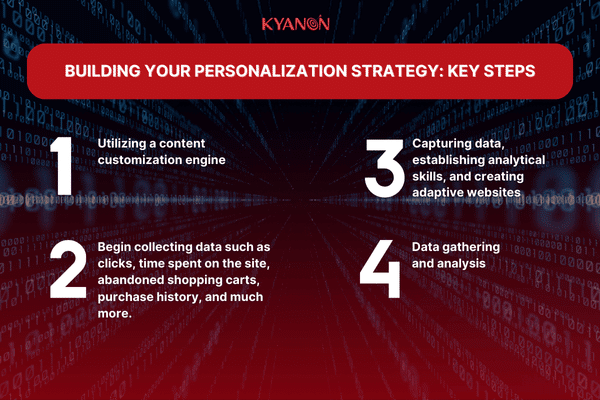
- To begin, if you aren’t already utilizing a content customization engine, you should be. If you currently use a customization platform, make sure to compare it to any competing solution that claims to provide additional value.
- This sort of solution is typically pretty simple to implement (requiring only a few lines of code on your webpages). Once the code is uploaded to your website, you may begin collecting data such as clicks, time spent on the site, abandoned shopping carts, purchase history, and much more.
- Capturing data, establishing analytical skills, and creating adaptive websites are all important to a business, but they are most effective when they are completely linked to one another. After only a few weeks, your customization system should be ready to provide your clients with the appropriate content recommendations. This is the time to execute an A/B test; assess your system’s performance vs. a control.
- Data gathering and analysis drive your marketing decisions, and you should still delegate the heavy job to the machine. Don’t tinker with the computation procedure any more than is absolutely essential (for example: new promotions, out of stock products, etc.)
5. Key Considerations for Promotion Personalization
5.1. Personalizing marketing for a specific target
The most fundamental kind of promotional personalization uses your incentives just to target clients who have predetermined qualities to becoming a customer, such as location, purchase history, or gender. You may generate one-time-use coupons that can only be redeemed by consumers who match certain requirements.
Coupons are a fantastic material for personalization since you can determine redemption conditions that set restrictions. The sole constraint in promotion rule concepts, is the capacity of your coupon system. You may, for example, define product-specific limitations, customer segmentation, budget-based rules, limits depending on the price of products in a cart, rules specifying needed order history, and so on.
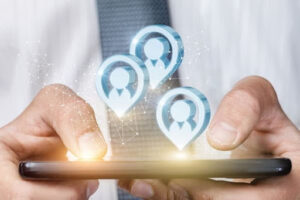
Source: Hubspot Blog
5.2. Personalizing campaign time frames based on time zones and calendar
Calendar-driven promotional campaigns such as holidays, birthdates, or anniversaries are a clever and natural method to engage with clients throughout the year. You may even go a bit further and introduce specific promotions for minor occasions like International Friendship Day or International Dog Day for all the dog lovers out there.
But how can you find out who owns a dog? By keeping track of consumer purchases and searches.

5.3. Customizing Promotional Rewards
This is necessary if you are conducting a loyalty program or an online contest. Do you like receiving items that have nothing to do with your hobbies and preferences? Exactly. I thought so, too. And it irritates your consumers as well. So go out of your way to deliver prizes that are actually worthwhile, rather than simply dusty odds and ends from the warehouse.
Shoppers will only feel encouraged by a reward if it makes sense for them in the present context and fits in with other promotions you’ve already introduced.

5.4. Customizing promotion channels
Even the finest promotion personalization will fall flat if the delivery method is not appropriate. If you deliver the best-personalized bargain, but it’s wrapped in a drab bundle of mediocrity, it’ll almost certainly wind up in SPAM. Create a multi-channel message strategy that adheres to your brand’s style and attitude. What touch-points and channels are you able to personalize?

5.5. Personalization based on shopping cart and order structure
With more than 60% of carts abandoned before completion, discounts have emerged as the ideal solution for rescuing many of them. From a technological standpoint, a dynamic segment that is dependent on unique consumer behavior is required. Customers who abandon their basket and reach the appropriate consumer group can return to your business and quickly find the discount at the checkout by implementing a cart-level promotion. Furthermore, if the purchase is still not done after a certain amount of time (e.g., two days), the system may automatically send an email/SMS with a coupon and remind them of their incomplete transaction.
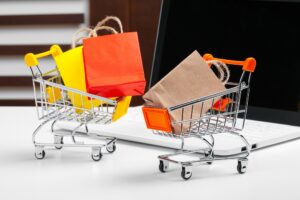
As your customer and sales management workloads increase, your team members will find it more difficult to manually track and enter data. To collect, evaluate, and apply your consumer information, you’ll need to combine your personalization efforts with marketing automation in order to communicate with your consumers consistently and efficiently across all channels.
With the Digital Customer Experience Solutions from Kyanon Digital, you can not only discover and categorize your leads with the most potential based on their interests and behaviors, but you can also customize your lead nurturing process. Give us a call, and we’ll make your customizing dreams a reality!

